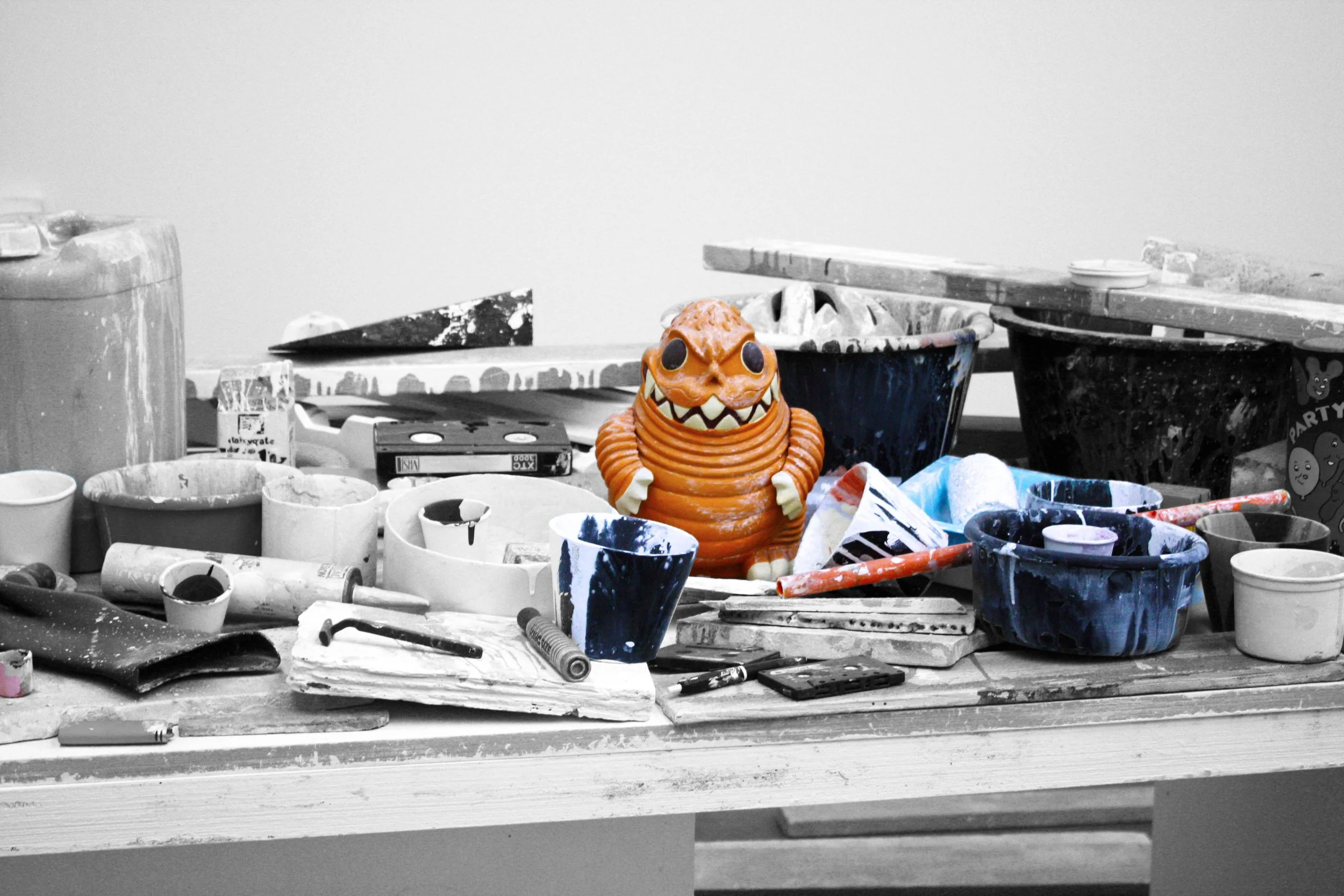Things break.
In 14th-century Japan, artisans developed a solution called Kintsugi—"golden joinery". Instead of discarding what was broken, they repaired it. And instead of concealing the cracks, they highlighted them with gold. As a result, what was once considered waste gained new value—one even more interesting than before, because it carried a story.
This philosophy feels strikingly useful today. We live in an era of mass production and rapid consumption. When something cracks, we replace it. When a product no longer serves its first function, it’s tossed. But Kintsugi suggests an alternative approach: nothing is truly broken—everything can be reimagined, repurposed, and given a new cycle of life.
This is the essence of circular economy design—moving away from wasteful, linear systems and embracing regeneration. Instead of designing for obsolescence, we design for longevity, adaptability, and renewal. A product’s end is not a failure, but an opportunity for transformation. The cracks in a material, a system, or a process are not signs of weakness, but moments for innovation.
And then, there’s us.
We, too, collect cracks—failed projects, unexpected turns, moments when things don’t go as planned. But what if we approached our own lives like a circular designer or a Japanese master? Instead of hiding the fractures, we could highlight them, integrate them into our stories, and use them as a foundation for something new. So it wouldn’t be about avoiding breaks; it’s about how we rebuild.
What if we built everything—our products, our systems, and even ourselves—with this mindset? What if repair, reuse, and reinvention were embedded into the way we design everything—from objects to infrastructure to the way we design our lives and navigate setbacks? Instead of seeing brokenness as an endpoint, we would see it as a threshold—one that leads not to waste, but to something stronger, more resilient, and ultimately, more beautiful.



